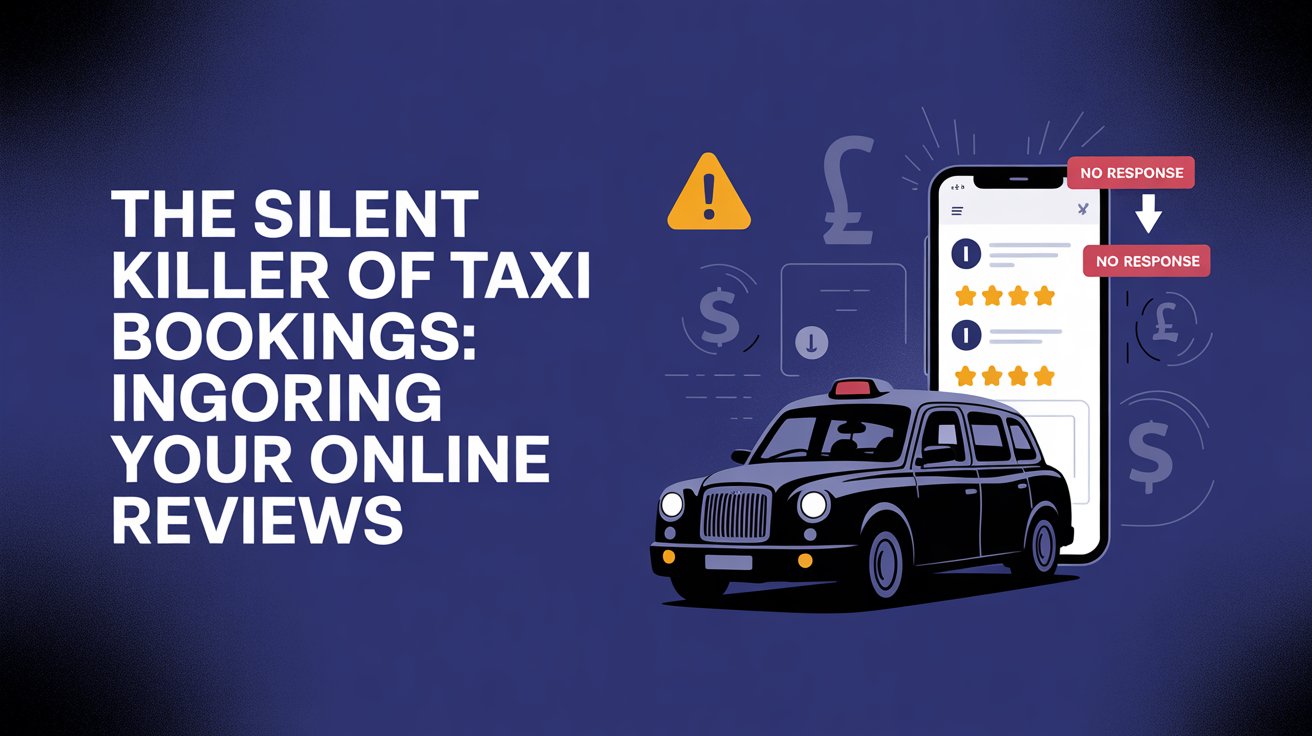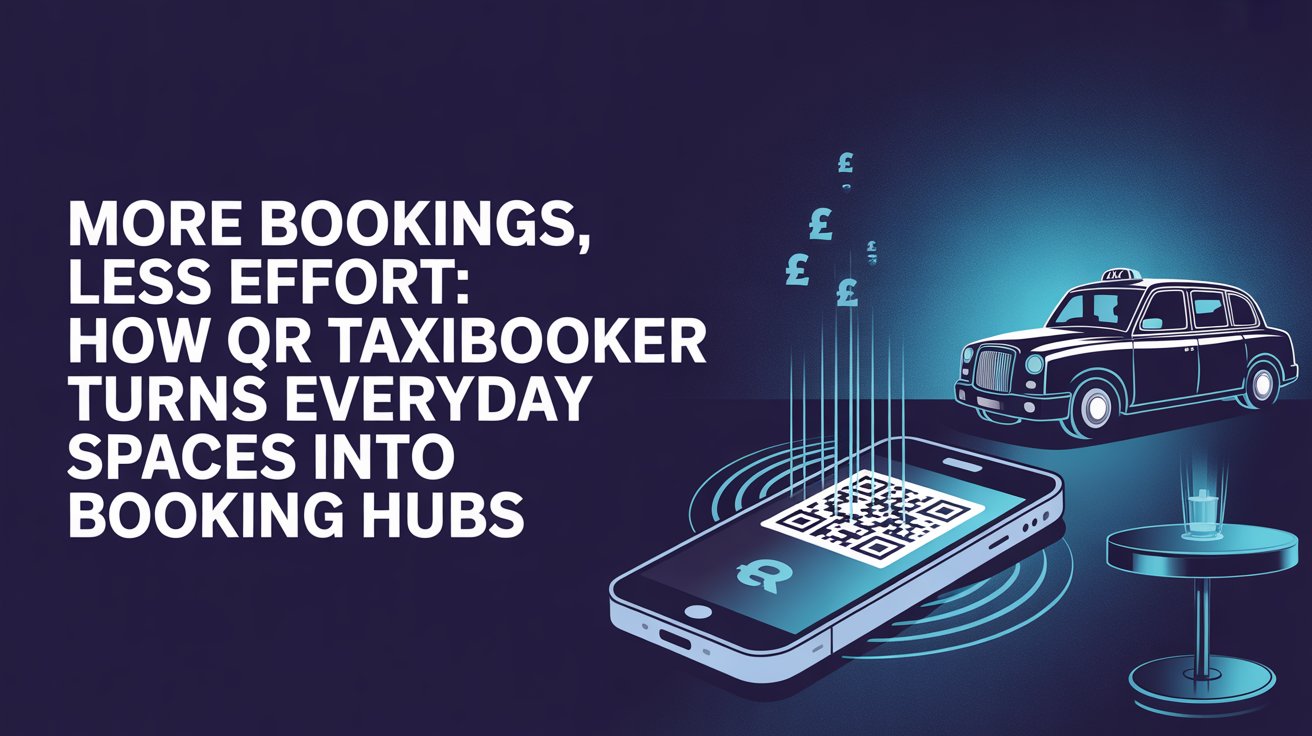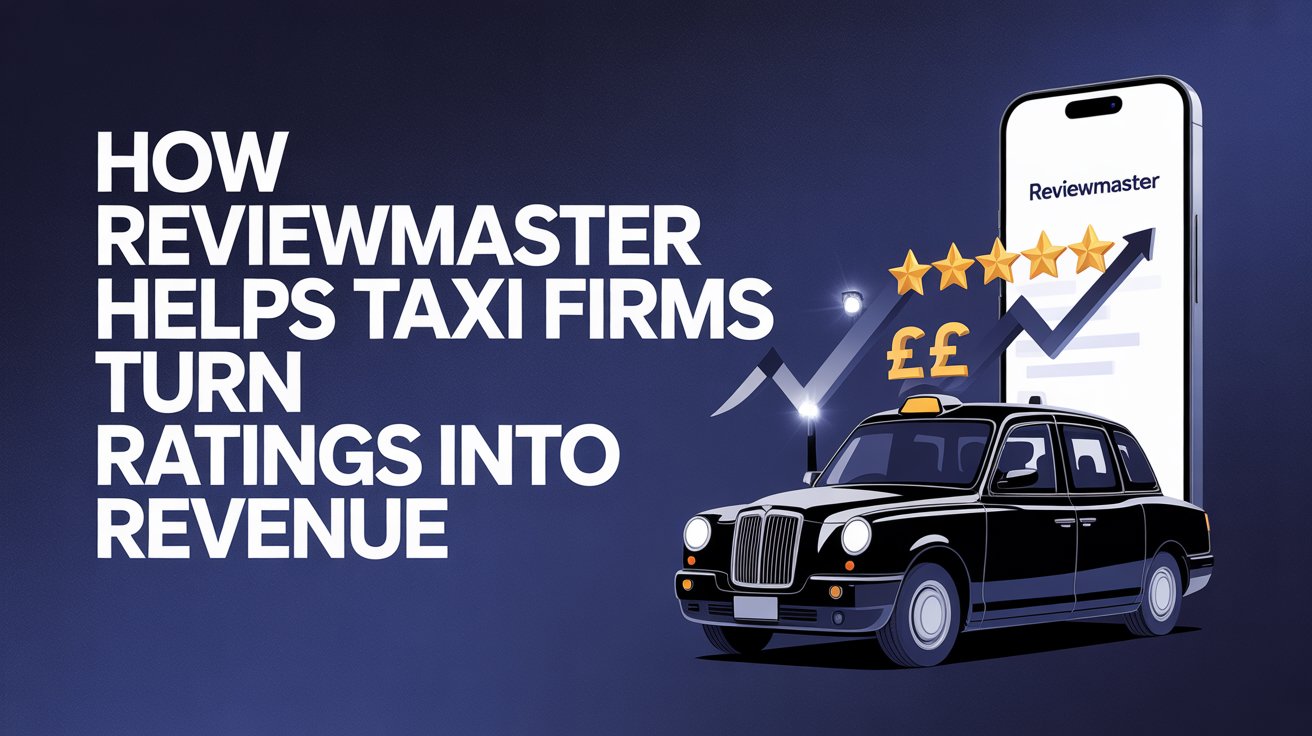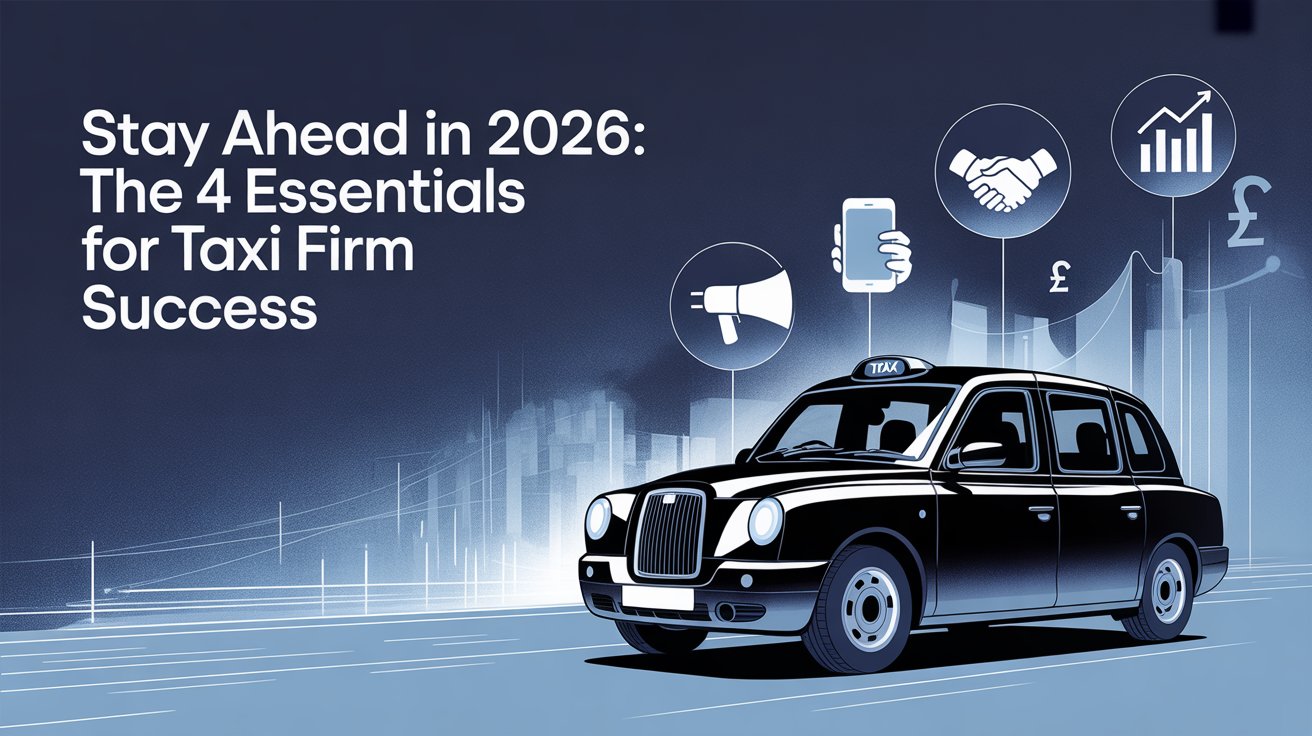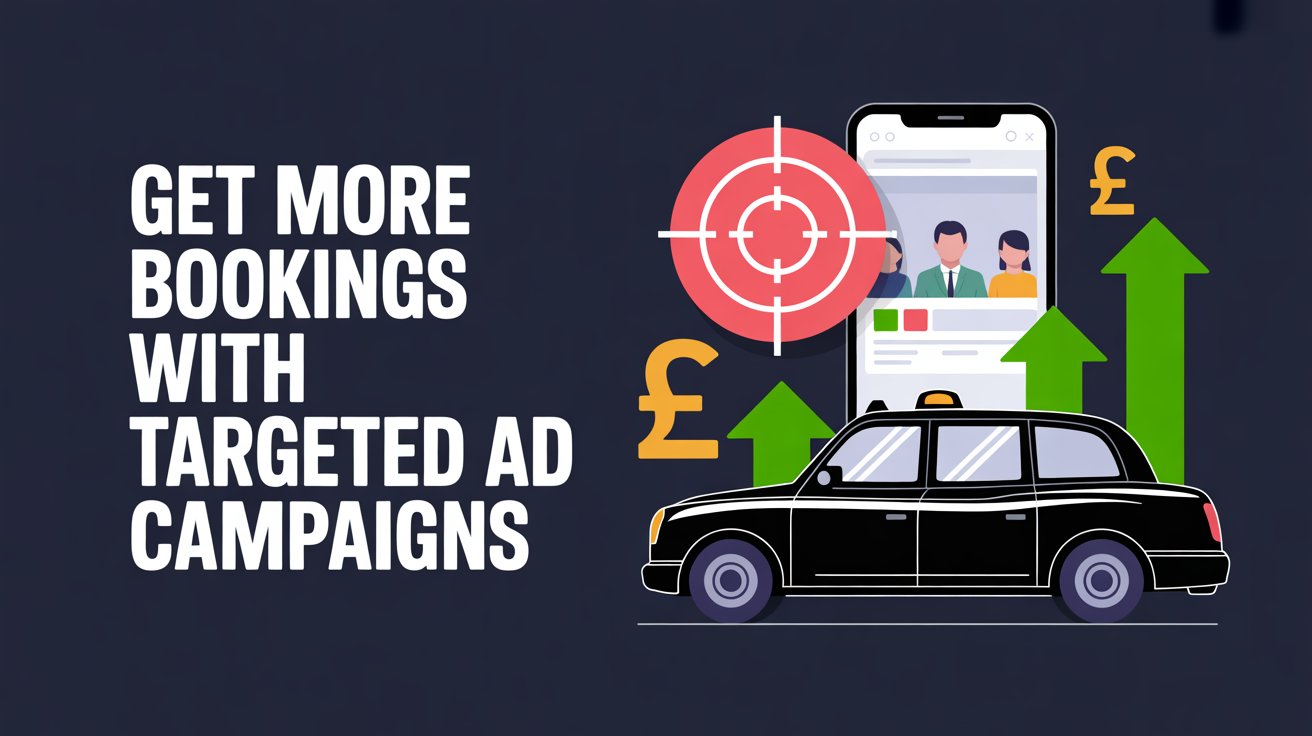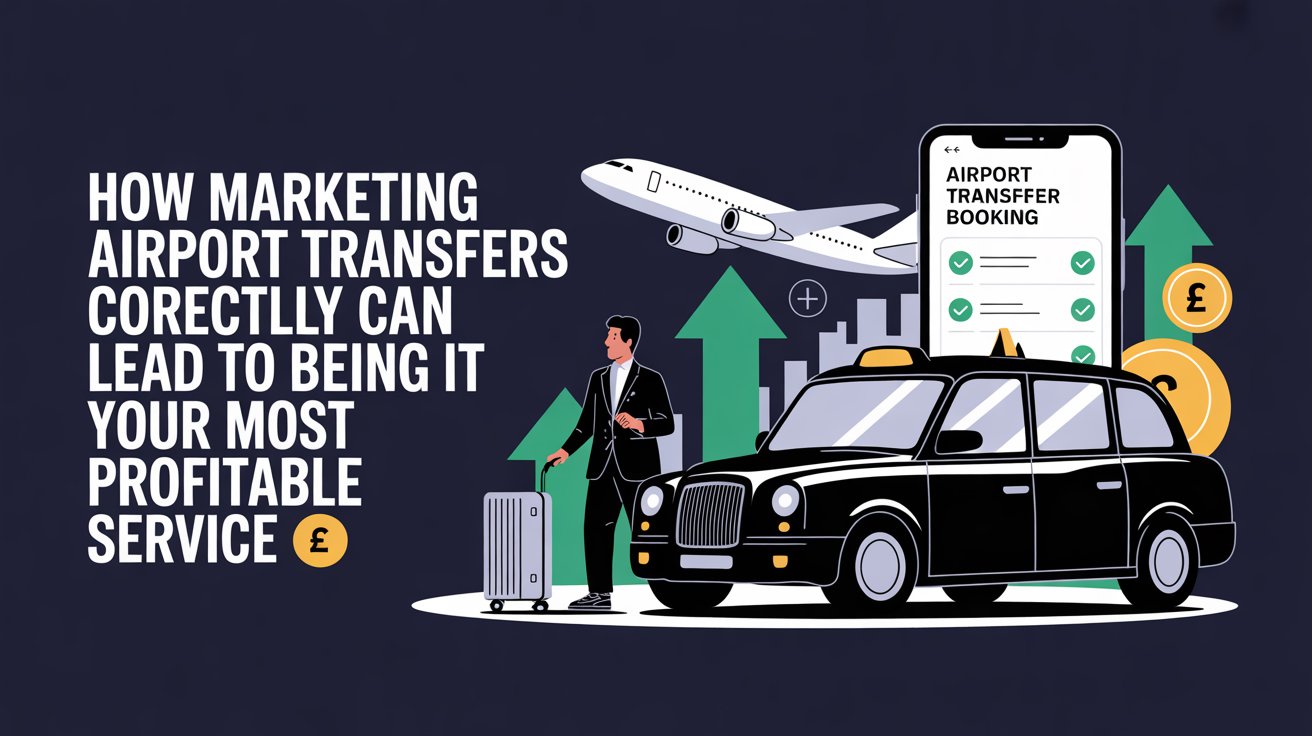In today’s competitive taxi industry, your website is more than just a digital business card, it’s your 24/7 booking agent, brand ambassador, and first impression. At Taxi Solutions, we’ve worked with taxi firms across the UK, and time and time again, we’ve seen that the most successful companies have one thing in common: a high-performing website that turns visitors into passengers.
 Mobile-Friendly Websites
Mobile-Friendly Websites
Over 80% of taxi bookings are now made through mobile devices, a figure that continues to rise. If your website isn’t mobile-friendly, you’ll instantly be at a disadvantage, potentially losing a large share of your business to competitors who’ve invested in responsive web design and mobile-optimised taxi websites.
A well-optimised mobile taxi website allows passengers to easily book a ride, get a fare estimate, or contact your business in just a few taps. On the other hand, a site that’s slow to load or hard to navigate on a phone will drive users away , and they likely won’t return.
A fully responsive site also boosts your search engine performance. Google now uses mobile usability as a key ranking factor. That means if your website is difficult to navigate on smartphones or if it loads slowly, it could rank lower in local searches like “taxi near me” or “book a taxi in [your town].” In contrast, a fast, mobile-friendly site increases both your visibility and your chances of converting searchers into passengers.
 Clear Call-to-Action (CTA) Buttons
Clear Call-to-Action (CTA) Buttons
No matter how professional your website looks, if it doesn’t clearly guide users on what to do next, you’re missing out on valuable bookings. This is where strong call-to-action buttons come into play.
A well-placed CTA like “Book Your Taxi Now” or “Airport Transfers” tells visitors exactly what action to take and where to go, making the booking process as seamless as possible. Effective CTAs should be clear, concise, and action-oriented, and they should always lead directly to the intended destination.
For example, a CTA that says “Schedule Your Ride in Advance” should link directly to your online booking page, allowing users to pre-book in seconds. Similarly, a button like “Become a Driver” should take potential drivers straight to your recruitment section without any confusion.
Just like a mobile-friendly site, clear CTAs can also benefit your SEO. Action-based phrases like “become a taxi driver” or “pre-book a taxi” contain valuable keywords that help search engines better understand your content, boosting your chances of ranking for those specific search queries.
 Online Booking Systems
Online Booking Systems
As mentioned earlier, more than 80% of bookings are now made through mobile devices and that figure is only going up. In today’s digital world, passengers expect to book a taxi online quickly and easily, which is why call-ins have significantly declined.
This is why integrating a smooth, user-friendly online booking system into your website is no longer optional , it’s essential.
A fully integrated booking system using modern taxi dispatch technology allows passengers to:
-
Reserve rides in real time
-
Get accurate fare estimates
-
Receive booking confirmations within seconds
-
Choose from multiple payment options (especially important in today’s increasingly cashless society)
This level of convenience builds trust and encourages repeat bookings. It also improves your professional image and ensures you’re meeting modern passenger expectations.

